Irvine Co. Boosts SoCal Grid With Electric Hybrids
A 21-building Orange County portfolio will contribute as much as 10 megawatts during peak demand.
By Gail Kalinoski
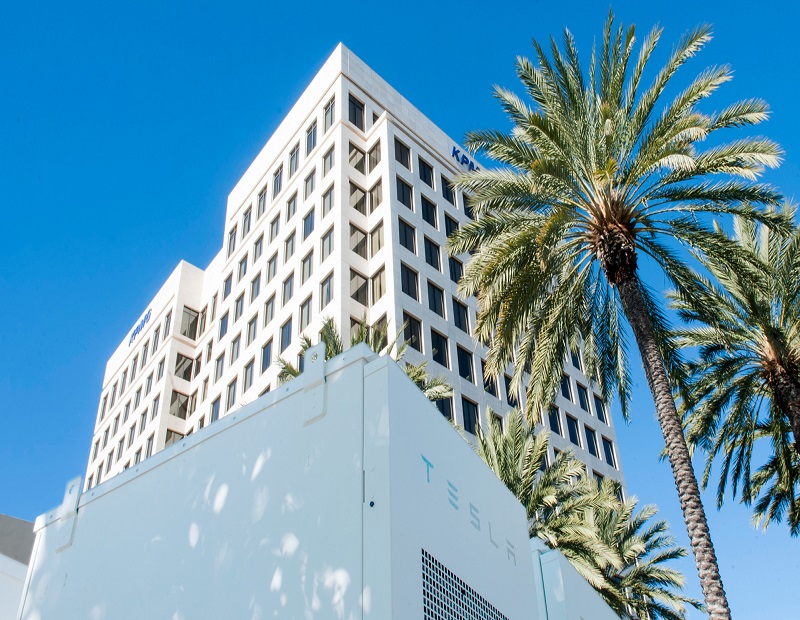
4695 MacArthur Court in Newport Beach, Calif., one of 21 Irvine Co. buildings with the capacity to send power back to the grid.
Twenty-one office towers owned by Irvine Co. in Orange County, Calif., totaling 7 million square feet of commercial real estate space, have become the world’s first fleet of Hybrid Electric Buildings®. Powered by Tesla batteries, the buildings can supply up to 10 megawatts of energy to help Southern California Edison manage the region’s electric grid during peak demand periods.
The office portfolio becomes a “virtual power plant that can be used to take the load off the grid instantaneously,” Susan Kennedy, CEO of San Francisco-based Advanced Microgrid Solutions which designed, installed and manages the system for Irvine, told CPE Energy.
Shifting the Irvine buildings to battery power can reduce peak demand by 25 percent and provide up to 10 MW of load reduction for up to four hours to help SCE balance the grid. That’s the equivalent of offsetting the power demand of 10 high-rise buildings or providing enough power for more than 10,000 homes.
While the Irvine project is not the first energy storage system installed in Southern California, it is the largest, Kennedy said.
The buildings, ranging in size from 100,000 to 450,000 square feet, are in Newport Beach, Costa Mesa and Irvine, said Rich Bluth, VP of Energy Management for Irvine Co., whose investment and management portfolio includes some 150 California workplace communities as well as trophy buildings in Chicago and New York.
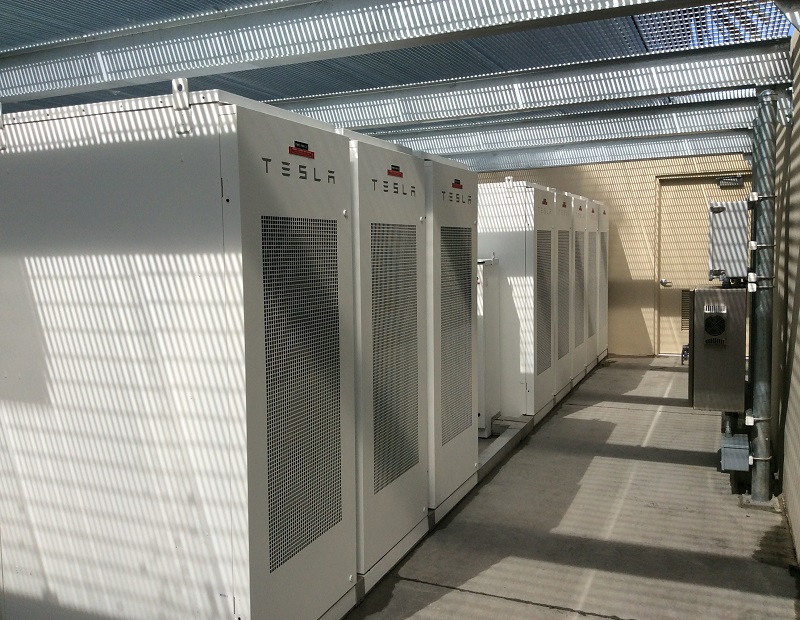
Battery array at Irvine Co.’s 20 Pacifica in Irvine, Calif.
The portfolio is equipped with AMS energy management and cloud-based optimization software that uses advanced analytics to enable each building to control its demand from the electric grid and respond in unison when SCE signals a need to reduce load on the grid. When AMS gets the request from SCE, it shifts the buildings to battery power, similar to the way a hybrid-electric car shifts from gas to battery power. Unlike traditional demand response systems which would require a building to dim lights or lower air conditioning or heat, there is no noticeable change in the buildings’ operations for tenants.
Bluth said Irvine has a 10-year history of working with SCE on demand response programs but said discussions with Kennedy beginning in 2013 about battery storage “made it clear to us that this could be much more impactful than what we were doing in the past.”
While he declined to give a dollar amount, Bluth said Irvine is expected to reduce energy expenses and operating costs in those buildings by an estimated 10 percent. It’s also better for the community and environment by not having to use or build new gas-operated peaker plants that are only used when there is high demand, he added.
Kennedy would not disclose installation costs, but said AMS leases the spaces from Irvine. Meanwhile, Irvine has an energy management services agreement with AMS. Both agreements are important to REITs and other CRE owners, she said.
Max Carpenter, SCE, Principal Manager for Energy Efficiency, said the location of the Irvine buildings chosen is critical because they had the right scale and are located in the Western Los Angeles basin, where the utility needed to replace fossil fuel plants. There is also more demand than supply in that region.
In 2013, SCE issued a request for offers for local capacity energy solutions. Carpenter said SCE later entered into 10-year contracts with AMS and Stem Inc., a Millbrae, Calif.-based company that provides Artificial Intelligence-powered energy storage virtual power plants and technology services. AMS is required to provide 50 MW and Stem, 85 MW of capacity to SCE.
Stem already has 100 systems participating in its virtual power plant, with more contracted for future installation. Stem announced in November 2016 that its first projects had been deployed, including a 1.3 MW energy storage system at Park Place, a 2.1 million-square-foot mixed-use complex in Irvine owned by LBA Realty that has delivered 120 percent of proposed savings.
Irvine’s 21-building portfolio is providing the first 10 MW of AMS’ contracted requirement. Kennedy said AMS will bring on the next 40 MW in projects being constructed this year, including one with Kilroy Realty Corp. The Los Angeles-based REIT is installing AMS Hybrid Electric Buildings® technologies in five KRC buildings in El Segundo, Long Beach and Irvine, which will provide 11 megawatt hours of automated demand response. By comparison, the Irvine portfolio will provide 60 MWh, Kennedy said. In February, Stem announced it would provide 7.5 MWh of energy storage to four KRC buildings in San Francisco and four in the Greater Los Angeles area.
Other AMS contracts include agreements with Invesco Real Estate, Morgan Stanley Real Estate Investment Trust and Wal-Mart Stores Inc., which will have energy storage systems installed at 27 Southern California stores in an initial phase to provide 40 MWh.
“This will be the building standard some day,” Kennedy said. “Every building will have the tools to manage its own consumption. It will be the new grid.”
Bluth said Irvine is considering expansion.
“We are already looking at potential expansion of the program, both in Southern California and other areas as well. We’re not done,” he said.

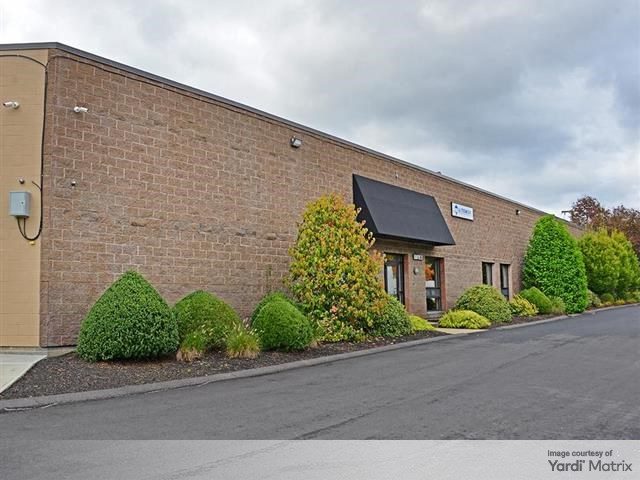
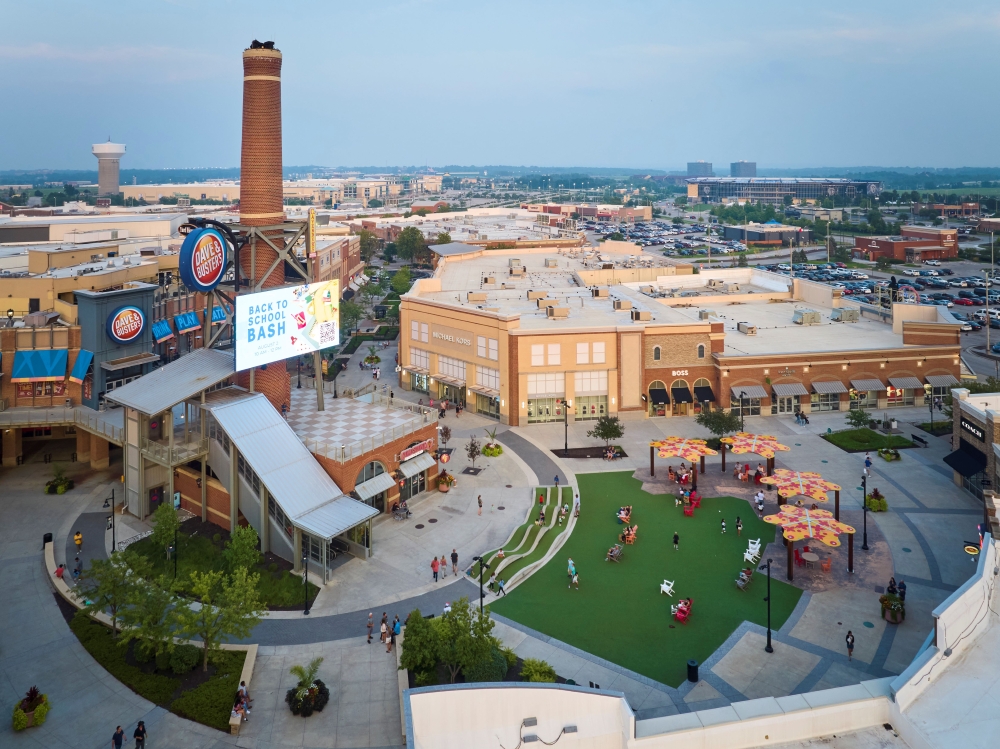
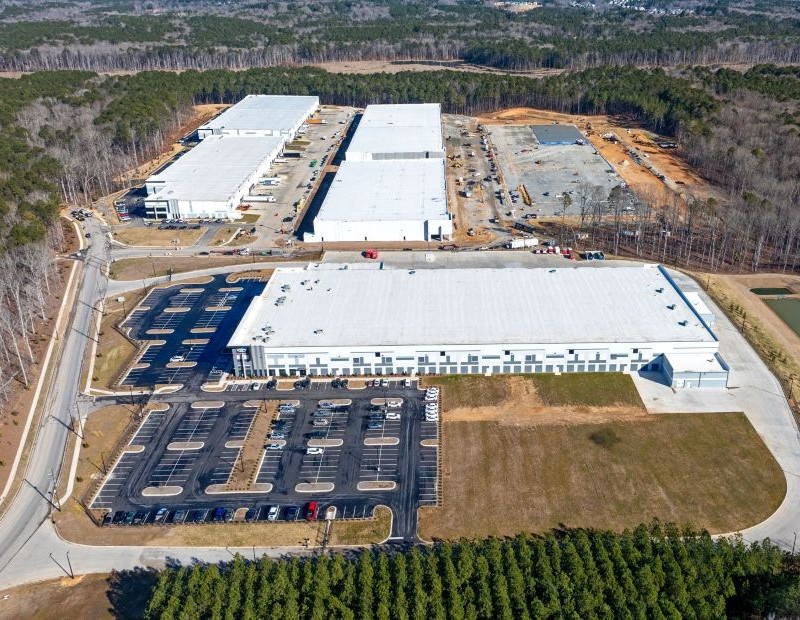
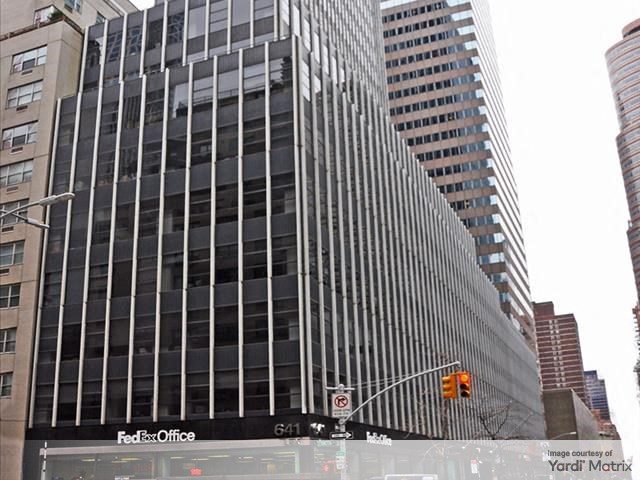
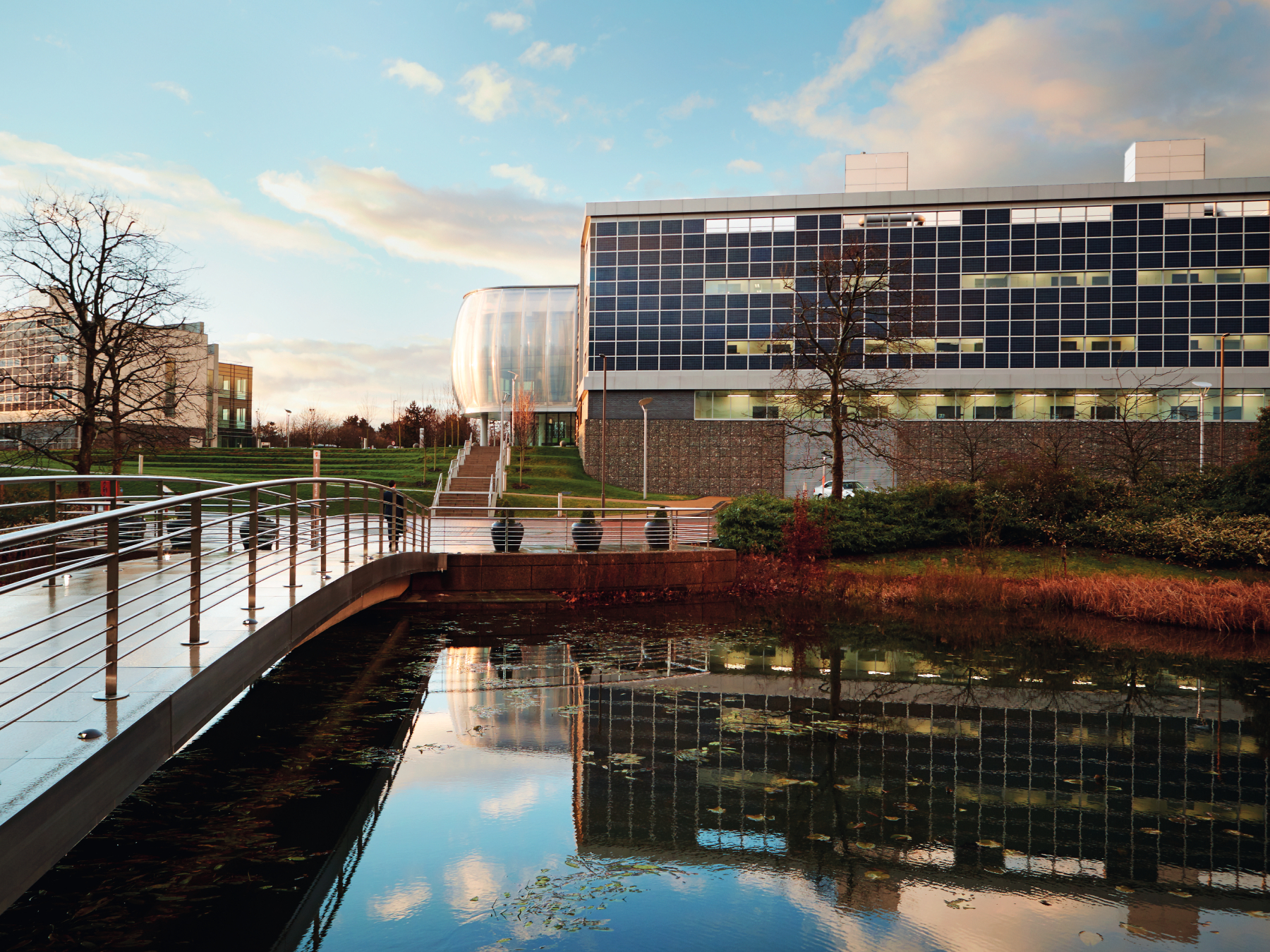
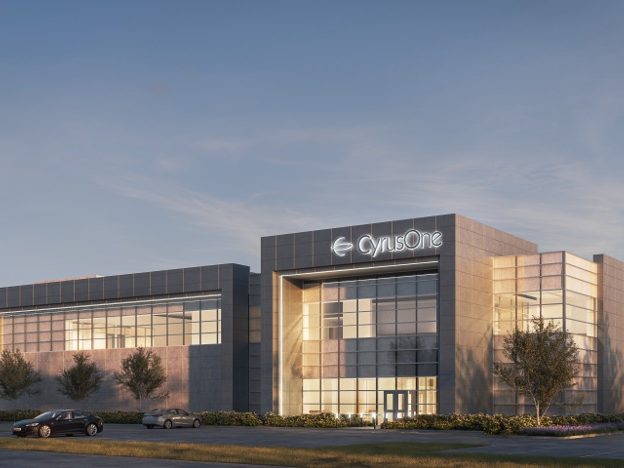
You must be logged in to post a comment.